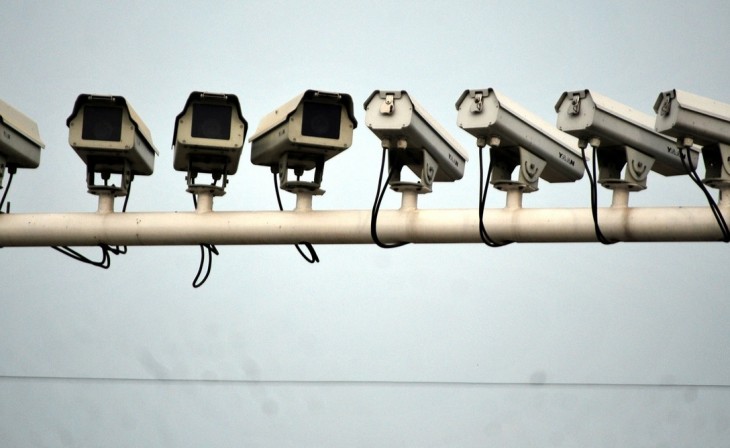Watchdog warns rules not keeping up with surveillance tech
The Growth of Surveillance Technology
The growth of surveillance technology has been exponential in recent years. From the widespread use of CCTV cameras to the deployment of drones and other remote-sensing devices, the use of surveillance technology has become an integral part of modern society. This technology is used for a variety of purposes, from crime prevention and law enforcement to monitoring industrial processes and traffic flow.
However, the rapid development of these technologies has also raised concerns about privacy and security. In many cases, the data collected by these devices can be used to track individuals, monitor their movements, and gather personal information. Additionally, the large amounts of data generated by these systems can be vulnerable to hacking and other forms of cyberattack.
The Need for a Strong Legal Framework
Given the rapidly evolving nature of surveillance technology and the potential impact it can have on privacy and security, it is crucial that a strong legal framework is put in place to govern its use. This framework should be flexible enough to adapt to the changing technology landscape, while also providing clear guidelines for how the technology can be used.
Unfortunately, the current legal framework for surveillance technology is not keeping up with the pace of technological development. This has led to a situation where the rules that govern the use of these systems are often outdated and ineffective. This can leave individuals vulnerable to abuse and misuse of their personal information.
The Impact of Outdated Rules
The impact of outdated rules can be significant. For example, in some cases, the use of surveillance technology may be in violation of privacy laws or human rights. This can result in legal challenges and public criticism, which can have a negative impact on the reputation of the organizations involved. Additionally, the lack of clear guidelines can make it difficult for organizations to assess the risk associated with using these technologies and make informed decisions about their deployment.
The Way Forward
In order to address the issue of outdated rules, it is crucial that a new legal framework is put in place that can keep up with the fast pace of technological development. This framework should be based on the principles of privacy and security, and should provide clear guidelines for the use of these technologies. Additionally, it should be regularly reviewed and updated to ensure that it remains relevant and effective.
Moreover, organizations that use surveillance technology should take steps to ensure that their use of the technology is in line with the law and that they are protecting the privacy and security of individuals. This may include conducting regular risk assessments, implementing strong data protection measures, and ensuring that they have adequate security systems in place.
Also Check The Hard Drive Revolution in 2021: Technology Clash - HAMR vs MAMR
Conclusion
In conclusion, the rapid development of surveillance technology has raised concerns about privacy and security and the need for a strong legal framework to govern its use. The current rules are not keeping up with the pace of technological development, which is having a significant impact on privacy and security. The way forward is to develop a new legal framework that can keep up with the fast pace of technological development and provide clear guidelines for the use of these technologies. Organizations that use surveillance technology should also take steps to ensure that their use of the technology is in line with the law and protects the privacy and security of individuals.




